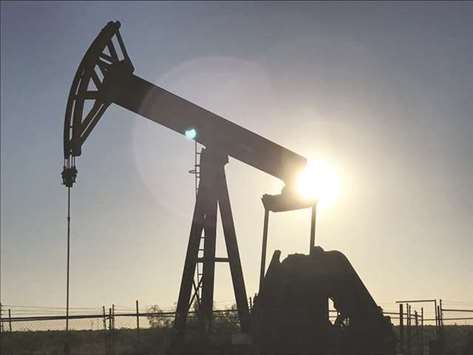The Permian shale play is all about setting records. Now, the region may even become the world’s largest oil patch over the next decade.
Output in the basin is forecast to reach 3.18mn bpd in May, according to the Energy Information Administration. That’s the highest since the agency began compiling records in 2007. By 2023, the basin may produce 4mn bpd, according to the International Energy Agency. The Ghawar field in Saudi Arabia is currently the world’s biggest oil field, with capacity of 5.8mn bpd, according to a 2017 EIA report.
This is all thanks to the size of the oil deposits, coupled with increased technology and efficiencies. “The technology is the biggest driver,” said Rob Thummel, managing director at Tortoise, which handles $16bn in energy-related assets. “The basin in and of itself could end up being the largest oil field in the world, even bigger than Ghawar in Saudi Arabia.”
By contrast, top-producing members of Opec such as Iran and Iraq pump less than 5mn bpd. Iran produced about 3.81mn barrels day in March, according to data compiled by Bloomberg.
“If the Permian was part of Opec, it would be the fourth-largest Opec member, right behind Saudi Arabia, Iran and Iraq,” Thummel said. “By the end of the year, the Permian probably overtakes Iran.”
The rampant production growth has already strained available pipeline capacity to transport the oil to market, pressuring prices. West Texas Intermediate oil in Midland, Texas, the heart of the Permian, sank on Tuesday to $8 a barrel below US benchmark prices in Cushing, Oklahoma, the biggest discount in more than three years, according to data compiled by Bloomberg.
Companies are planning more lines to ease the bottleneck. Phillips 66 Partners LP and Andeavor announced on Tuesday a joint venture to build a pipeline from the Permian to Corpus Christi and the Sweeny-Freeport area that may carry as much as 700,000 bpd when it starts at the end of 2019.

An oil pump is seen operating in the Permian Basin near Midland, Texas (file). Production in the basin is forecast to reach 3.18mn bpd in May, according to the Energy Information Administration.

